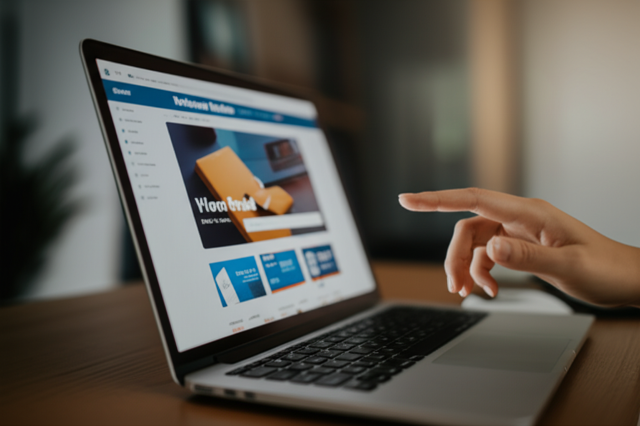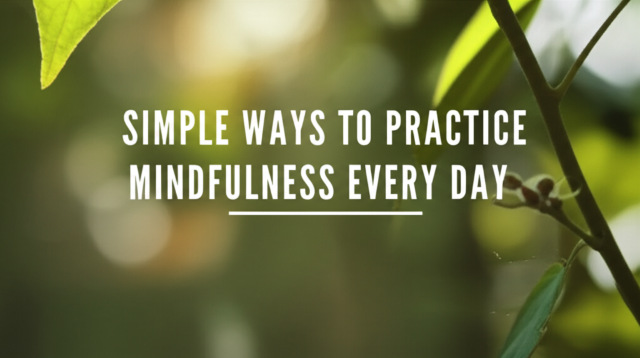
Freelancing 101: How to Get Your First Client
So, you've decided to take the plunge and become a freelancer. Congratulations! The freedom, flexibility, and potential for higher earnings are all incredibly enticing. But before you start celebrating, there's a crucial first step: landing your first client. This might seem daunting, but with the right approach and a bit of perseverance, you can achieve this milestone.
1. Identify Your Niche and Skills
Before you even think about marketing yourself, you need to know what you offer. What are your skills? What problems can you solve for others? Don't try to be everything to everyone. Instead, focus on a niche – a specific area where you excel. This allows you to target your marketing efforts effectively and stand out from the competition. For example, instead of simply saying you're a "writer," you could be a "marketing copywriter for SaaS companies" or a "ghostwriter specializing in romance novels." The more specific, the better.
2. Build Your Online Presence
In the freelance world, your online presence is your storefront. You need a professional website or online portfolio to showcase your skills and experience. This doesn't have to be elaborate; a simple website with your best work samples and contact information will suffice. Consider these platforms:
- Personal Website: Gives you complete control over your branding and messaging.
- Freelance Platforms: Sites like Upwork, Fiverr, and Freelancer.com offer a large pool of potential clients.
- Social Media: LinkedIn, Twitter, and even Instagram can help you connect with potential clients and showcase your expertise.
Remember to keep your online profiles consistent. Use the same professional headshot, bio, and branding across all platforms.
3. Craft a Compelling Portfolio
Your portfolio is your most powerful tool for attracting clients. It demonstrates your skills and capabilities far better than words alone. If you're just starting, don't worry if you don't have a long list of completed projects. You can create:
- Sample Projects: Complete small projects for yourself or friends to build your portfolio.
- Case Studies: Even if you haven't worked with paying clients yet, you can create case studies detailing how you would approach a specific problem.
- Testimonials (even if they're from friends or family): These build trust and social proof.
Focus on showcasing your best work – the projects that demonstrate your skills and highlight your unique selling points.
4. Network Actively
Networking is essential for finding freelance work. Don't be afraid to reach out to people in your industry. Attend online or in-person events, join relevant groups, and engage in conversations. Networking isn't just about asking for work; it's about building relationships and establishing yourself as an expert in your field.
5. Refine Your Pitch
When you reach out to potential clients, you need a clear and concise pitch that highlights your value proposition. Explain what you offer, what problems you solve, and why you're the best person for the job. Keep it brief and tailored to the specific client and project.
6. Set Competitive Rates
Research industry standards to determine competitive rates for your services. Don't undervalue yourself – your skills and experience are valuable. Start with rates you're comfortable with and adjust as you gain experience and build your reputation.
7. Master Communication
Clear and responsive communication is crucial for success in freelancing. Respond promptly to client inquiries, keep them updated on your progress, and address their concerns proactively. Excellent communication fosters trust and builds strong client relationships.
8. Handle Objections and Negotiate Effectively
Potential clients might have objections or want to negotiate your rates. Be prepared to address their concerns professionally and confidently. Negotiating is a skill; learn to find a win-win solution that works for both you and the client.
9. Deliver Exceptional Work
The best way to get more clients is to deliver outstanding work for your existing clients. Exceeding expectations leads to positive reviews, referrals, and repeat business. Always strive for excellence.
10. Seek Feedback and Improve
After completing a project, ask for feedback from your clients. This valuable input helps you improve your services and refine your approach. Use this feedback to continuously enhance your skills and offerings.
11. Be Patient and Persistent
Landing your first client may take time and effort. Don't get discouraged if you don't see results immediately. Keep refining your approach, networking actively, and promoting your services. Persistence pays off in the long run.
12. Explore Different Platforms and Strategies
Don't put all your eggs in one basket. Try different freelance platforms, networking strategies, and marketing techniques to see what works best for you. Experimentation is key to finding your ideal client acquisition method.
13. Focus on Building Relationships
Think long-term. Focus on building genuine relationships with your clients and colleagues. These connections can lead to more opportunities and long-term collaborations.
14. Protect Yourself Legally
Before you start taking on clients, make sure you have the necessary legal protections in place. This might include contracts, insurance, and understanding tax implications.
15. Celebrate Your Successes
Landing your first client is a significant achievement. Take the time to celebrate your success and acknowledge your hard work. This positive reinforcement will motivate you to continue growing your freelance business.
Getting your first client is a journey, not a race. By following these steps, focusing on your skills, and consistently working to improve your approach, you'll increase your chances of success. Good luck!

